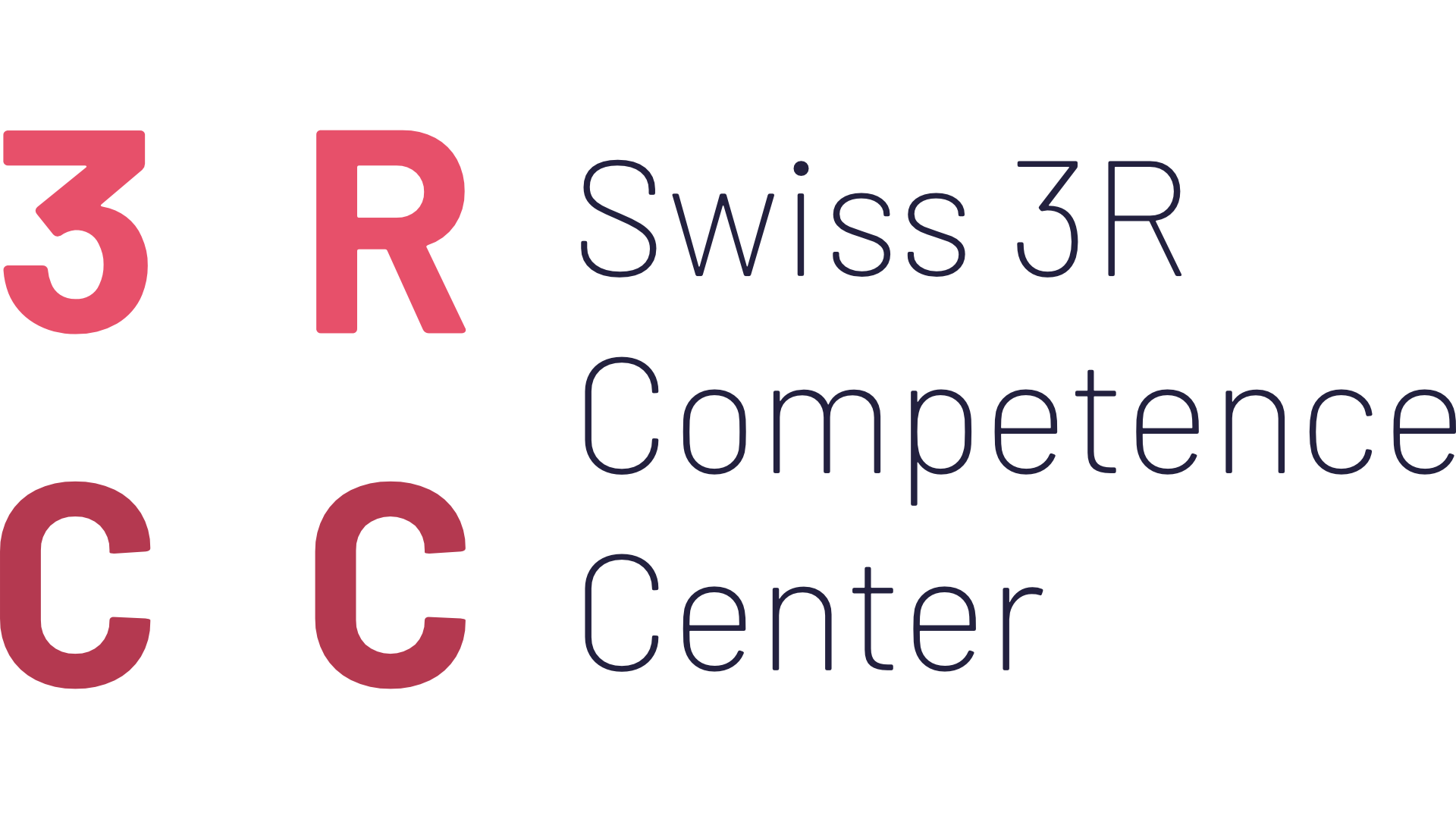BACKGROUND
Our group is developing ex-vivo models of human skin to investigate the mechanism of action of therapeutics and evaluate their potential for the treatment of inflammatory skin disease. Using a standard ex-vivo culture approach, we have obtained proof-of-principle data that this approach can predict therapeutic effects on disease-causing cell populations such as T cells in atopic dermatitis or psoriasis. However, our current culture system has three main limitations:
- The culture conditions are not equally suitable for all cell populations present in the complex tissue of human skin. Therefore, our system is useful to study immune cells, but not other cell populations.
- Skin tissue deteriorates rapidly, so long-term culture induces significant in-vitro artefacts. To translate our findings into clinics, it is key to study the effect of treatments over longer periods of time.
- Since skin samples are submerged in media, our system precludes the study of topical treatments.
AIMS
Skin is exposed to a very different atmospheric environment in-vivo than in standard incubators designed to mimic conditions inside the body. Dr. Hannen of Queen Mary University of London has developed a novel, sophisticated ex-vivo culture system called “OneVivo” that closely mimics the physiology to which skin is exposed to in-vivo. She won a number of prestigious awards (e.g. Innovate UK Smart grant) and in 2018, she founded Keratify to accelerate the commercial development of this culture technology.
The “OneVivo” system allows culturing human skin tissue over an extended period of time. It is divided into an atmospheric and liquid phase, which optimally maintains the viability of the various cell populations as well as preserves barrier function. In addition, it is a 24-well system that allows simultaneous screening of different conditions.
This technology hence has the potential to revolutionize basic and translational approaches in human skin research. Not only it is more efficient and accurate, but it also solves fundamental issues with current standard practices and replaces animal experiments.
Direct training by Dr. Hannen and her team is the best way to gain the expertise we need to implement this technique in our lab. It will provide solutions for a more accurate prediction of the effect of prospective topical therapeutics i) in the different skin cells ii) in a high throughput procedure and iii) in a time course experiment. So far, this is technically not possible with our current cultivation system. The alternative involves animal experiments. In addition, it offers the opportunity to address basic research questions, such as studying the effect of diseasepromoting cytokines and their interplay between different cell types. Overall, “OneVivo” will significantly advance our ongoing research and provides us the technical prerequisite to investigate research questions that we have not been able to answer so far.

